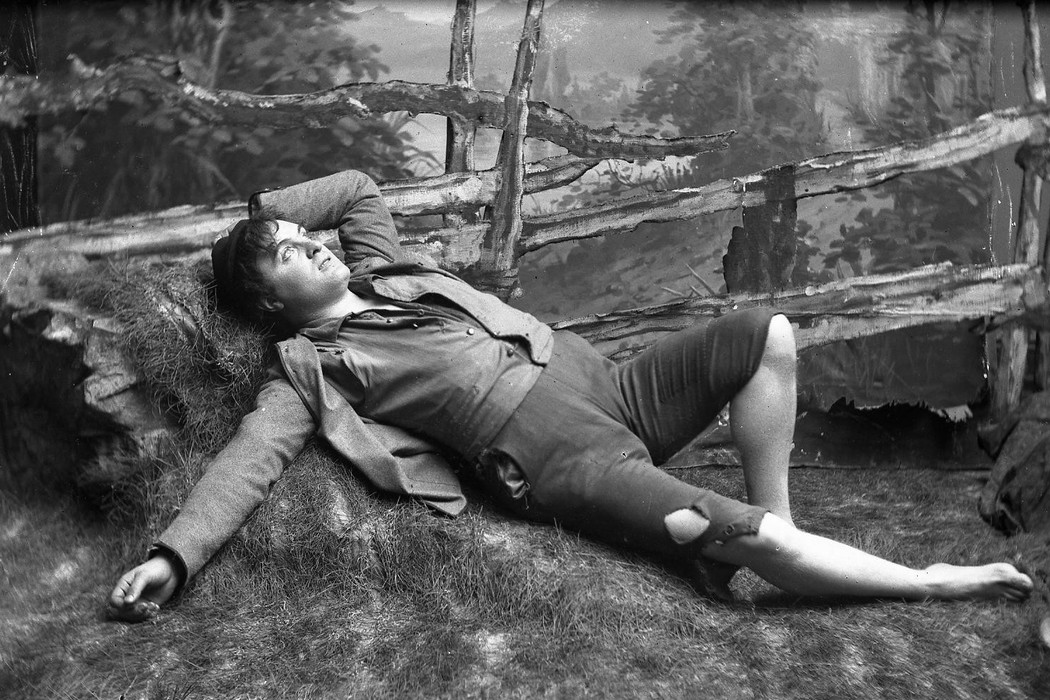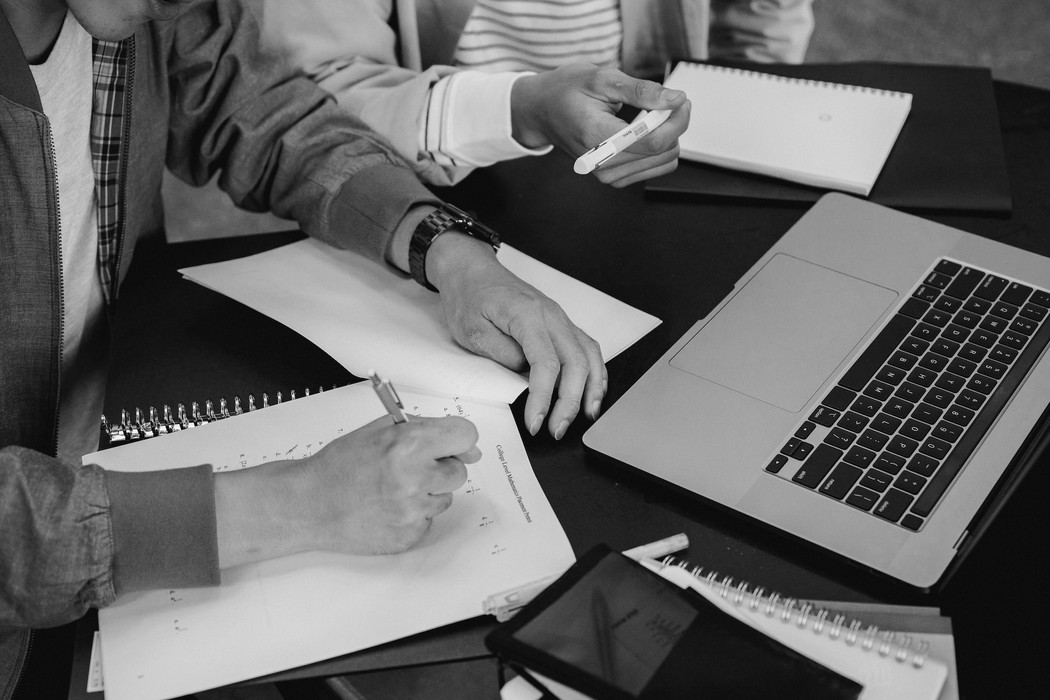International Seminar on Art Criticism
Nestleder i Kritikerlaget, Sindre Hovdenakk, deltok nylig i et seminar i Praha. Her følger hans innlegg under seminaret.

Prague, 22.10.2017
Ved Sindre Hovdenakk
First of all: Thank you so much for the invitation, and this great opportunity to discuss the current state of criticism with my colleagues from the Czech Republic, Poland and Iceland.
I am here in at least three capacities: As vice president of the Norwegian Critics Association, as the editor of the non-fiction magazine Prosa, and as a literature and occasional theatre critic in the leading Norwegian daily, VG (Verdens Gang). I feel certain that I will find this seminar rewarding in all these three capacities.
I have been asked to present an overview of the “Current state, conditions, calls and the strategic support of art criticism in Norway”. This introduction will mainly focus on literary criticism, but I will also try to cover the other art forms.
I think that this can be best achieved by looking at these four aspects:
Firstly: The media situation in general.
Secondly: The new media – How the digital platforms have influenced criticism.
Thirdly: The political climate concerning criticism.
Fourthly: The structural and economic framework for free and independent criticism in Norway right now.
Starting with the media situation. As with all other European countries, we in Norway have been experiencing a major change in the structure of mass media over the last few years. The printed press has seen a dramatic fall in circulation, with up to an 80 % decline for some papers over the last fifteen years.
This has of course lead to some direct economic consequences for critics, who, as you know, are mainly freelancers. Some papers have dramatically cut down on its criticism, the regional papers most of all, resulting in fewer voices being heard, and a narrower public sphere.
Today we can see a stabilization where the major media outlets seem to have found a new and stable level for the criticism. Criticism must be seen as a part of opinion journalism. My impression is that this view is widely accepted. The criticism as such has not changed much, and has remained remarkably stable in its form and expression.
In Norway we have an extensive support network for the press, which means that most of the consequential nationwide newspapers receives a grant from the government. As of today, this amounts to around 300 million Norwegian kroner, nearly 30 million euros. In addition, they also receive a certain degree of tax exemptions. Nevertheless, the criticism is still exposed, seeing as most of it comes in the form of freelance expenditure, which, as you know, are the first to get cut.
Several newspapers have decided to keep themselves dependent on external financing in order to maintain its criticism. I will come back to this, but the crisis regarding criticism in Norwegian newspapers, has mostly been put on hold.
When it comes to other traditional platforms, like magazines, we also have a relatively stable situation. Not only journals for the general public like Syn og Segn and Samtiden, but also literary magazines like Vagant, Bokvennen and Prosa focus on criticism, usually in the form of essays and longer comparative articles.
Bokvennen is an interesting example of a magazine that goes against the grain. After comprehensive restructuring over the last few years, they now have an issue that is published in a newspaper format.
Concerning theatre criticism, we have the highly acclaimed Norsk Shakespearetidsskrift which offers theatre criticism and literary essays of excellent quality. Even so, there has been a clear trend where industry- and niche magazines become available exclusively online. For example, the leading music magazine Ballade, and kunstkritikk.no, which can also offer an international edition online.
New medias, the new platforms. The old medias are also building new digital platforms. As for Norway’s leading daily VG, where I publish my day to day critique, I am supposed to share my criticism immediately on Facebook, and preferably on Twitter as well.
As you all know, your content can only survive online as long as enough people click on it. Åsa Linderborg, the cultural editor of the leading Swedish daily Aftonbladet, has called this “klikkehoreri”, a kind of journalistic prostitution. “We are all prostitutes, you can write that”, she told me when I was interviewing her three years ago. She also pointed out that criticism tends to be more conflict oriented and opinionated on the internet.
On the other hand, you have the more optimistic viewpoint. Åse Linderborg’s Danish colleague, literary editor Jes Stein Pedersen in the leading Danish daily Politiken, called this “a digital cultural revolution”, which leads to the democratization of culture. Admittedly, he recognized the danger of simplification when the hierarchy of preference falls. But first and foremost he viewed the opportunities that digitalization can bring to criticism with optimism.
As such, there are multiple angles of approach one can take when discussing the influence digitalization has on criticism. In Norwegian Critics Association, we have chosen to go for a critical approach. In several contexts, our president Ida Habbestad and myself, have warned against the tendency towards echo chambers such a development can result in. The echo chamber effect means that the criticism and discussion surrounding a subject, becomes closed off and self-affirming. Social Media provides virtually infinite opportunities for expression, and the barrier of entry is low. However, they do not offer more professional conditions. The publicity inherent to social media, isn’t transparent either. If the writer themselves can decide just who are able to read what they have to say, there can be no meaningful difference of opinion. This is how social media becomes an echo chamber where the views you already hold will only be reaffirmed.
On the other hand, Norwegian Critics Association has tried to implement this digitalization in a positive way. We have established the so called Kritikerportalen, where our members can upload their own criticism – perhaps even in longer formats than there would be room for on paper. This way we attempt to gather the most important pieces of critique when it comes to theatre, music, dance, the visual arts and literature in a single place.
Nevertheless, we must admit that this has only been a partial success. One thing is that it can be difficult to have the members contribute. Another is that a lot of criticism in now behind a pay wall, something that confronts us with issues concerning copyright. A third issue is that we are not yet certain who this “Kritikerportalen” should actually be targeted towards. Should it be for schools? Should it be for people who are generally interested in culture? Should it be for the cultural institutions themselves to use this in their own marketing? Currently we are stumbling along, and are unsure whether, and in that case, how, we will continue this project.
I mentioned that Kritikerportalen is a place where our members can upload longer versions of their criticism. For a long time we have feared a development where digital platforms could lead to shorter and more superficial criticism. We now see that it has caused just the opposite: Even in VG, a quite hard-boiled tabloid newspaper, they now often ask for longer versions of reviews to use on their web sites. Because it is, after all, only on paper there is a lack of space. On the internet, there is unlimited space. This might seem like a paradox, but it is as such an interesting one.
Now a few words about the political climate concerning criticism. Talking about paradoxes: In Norway today we have a minister of culture who is more interested in sports than she is in culture. In that way she maintains the old Norwegian perception that sports is a part of the extended concept of culture. She is also preoccupied with the idea that cultural life is an industry first and foremost, comparable with the fish industry. Today’s political regime has fallen in love with the conception of entrepreneurship and the entrepreneurial income of the cultural enterprise.
But a responsible cultural politics should take into consideration that criticism, like any other production of meaning, cannot be transformed into commodities in a market.
The issue is more important than export revenues and other economic variables.
Last year, at the annual conference of the Arts Council Norway, where criticism was the topic the minister of culture, Linda Hofstad Helleland, showed an attitude which seems to have a footing among quite a few, especially among conservatives, that it is of little importance who publishes the criticism. Hofstad Helleland and others seem to think that critics together or separately should work in a kind of editorial vacuum. And that criticism should be produced and distributed away from a traditional editorial framework. Although most critics today work as freelancers, it is crucial to underline that the main responsibility of continuation and development of good criticism today should exist within the editorial office and be the responsibility of the editors. Not the responsibility of the individual critic. Anything else would be a culture political denial of liability, where criticism is excluded from its place within the media, and into an imagined market where offers and prices are ruled by demand. Such a development can become a direct threat on the integrity and impartiality of critics.
It is depressing to witness the startling depreciation of the importance of an established and predictable framework for criticism. This politics will not only lead to destitution of the conditions of criticism, but also imply a weakening of the daily opinion journalism of the Norwegian press.
Last time our minister of culture expressed an opinion on public criticism was last summer when she strongly attacked a theatre historian who was critical of the quality of the many traditional amateur theatre productions that dominate the cultural scene in Norway during the summer months. «I really wish that the time when some people tell others what is high and low quality within culture belonged to the past», said the minister of culture. And added that it should be left to the audience to make such a judgement. «Nobody should define the cultural taste of others», she said.
When the rhetoric of cultural criticism becomes so populistic and commercial oriented, even from our own minister of culture, I don’t think it is too harsh to claim that the political climate concerning criticism, at least on a rhetoric level, is quite cold in Norway today.
On the other hand, it is important to say that we also have qualified and credible cultural politicians, even though criticism does not have high priority on the agenda of contemporary cultural politics.
Which brings us to the fourth aspect: The structural and financial framework for free and independent criticism in Norway right now.
There is hardly any free and independent criticism in today’s Norway, if that implies criticism which in some way is independent of external financing. The exceptions are of course the largest newspapers, but we all know how vulnerable their financial situation is to the new digital reality. Public Broadcasting is another exception. Except from this it would be correct to say that each and everyone who produce professional criticism today are dependent on external financing. Even the critics are forced to apply for funds to be able to work and support themselves while carrying out their profession.
Fortunately, we have, over the course of the last few years, in spite of the negative development within the media sector in general, seen a positive development when it comes to available funding for critics.
First of all the critics part of the government grants for artists have increased considerably. Today Norwegian critics can apply for ten different work grants, while only a few years back, there was only one available work grant designated for critics in Norway. A government work grant amounts to approximately 25 000 euros a year.
Secondly, Fritt Ord – The Free Speech Foundation – is a private foundation that plays a key role in funding Norwegian culture and the freedom of expression on many levels. They also have a special focus on criticism and award ten yearly grants, each amounting to approximately 20 000 euros, for critics who work for daily or weekly newspapers or for TV/radio. The Free Speech Foundation also has other projects intended to strengthen journalism in different areas.
Thirdly, by allocating grants for projects concerned with criticism within arts and culture, the Arts Council Norway, Kulturrådet, wants to strengthen and develop criticism within arts and culture in the Norwegian public sphere. Their goal is (quote) «to enable more and new audiences and users of cultural activities to get involved and take part in the public conversation on the critical debate involving art and culture.» As I understand it, this particular aspect will be discussed later today.
So pleasant things do happen when it comes to the financing of criticism in Norway. But this has also a more alarming side to it. One example is Dagbladet, another leading daily, who finance their criticism of nonfiction literature by designated contributions from The Free Speech Foundation.
This, however implies that the paper is faced with at least two challenges.
First of all. What happens to financing this criticism the day the contributions from The Free Speech Foundation no longer apply? As a principal the foundation never gives permanent contributions. The maximum period is three years. Will Dagbladet still see it as one of their core editorial missions to review nonfiction literature? And where will they find the funding to do so?
Secondly: What happens to the credibility and the editorial integrity of a newspaper which is dependent on external funding?
This example illustrates my main point, which will also be my conclusion for now: What criticism, in Norway as well as in the rest of Europe, is in need of, is the possibility to work within predictable framework conditions.
This implies the need of predictable and stable financing, an established understanding – also by our minister of culture – for the necessity of the untouchable freedom of criticism, and we need strong and professional editorial surroundings for criticism, independent of which technical solutions and platforms one chooses.
This implies that criticism and the political way of thinking of criticism, must be an integrated part of cultural and media politics in each and every country.
It is all a question of taking responsibility to assure that the public conversation on arts and culture can happen on the same free terms as the rest of the cultural life.
It’s all politics, my friends!


